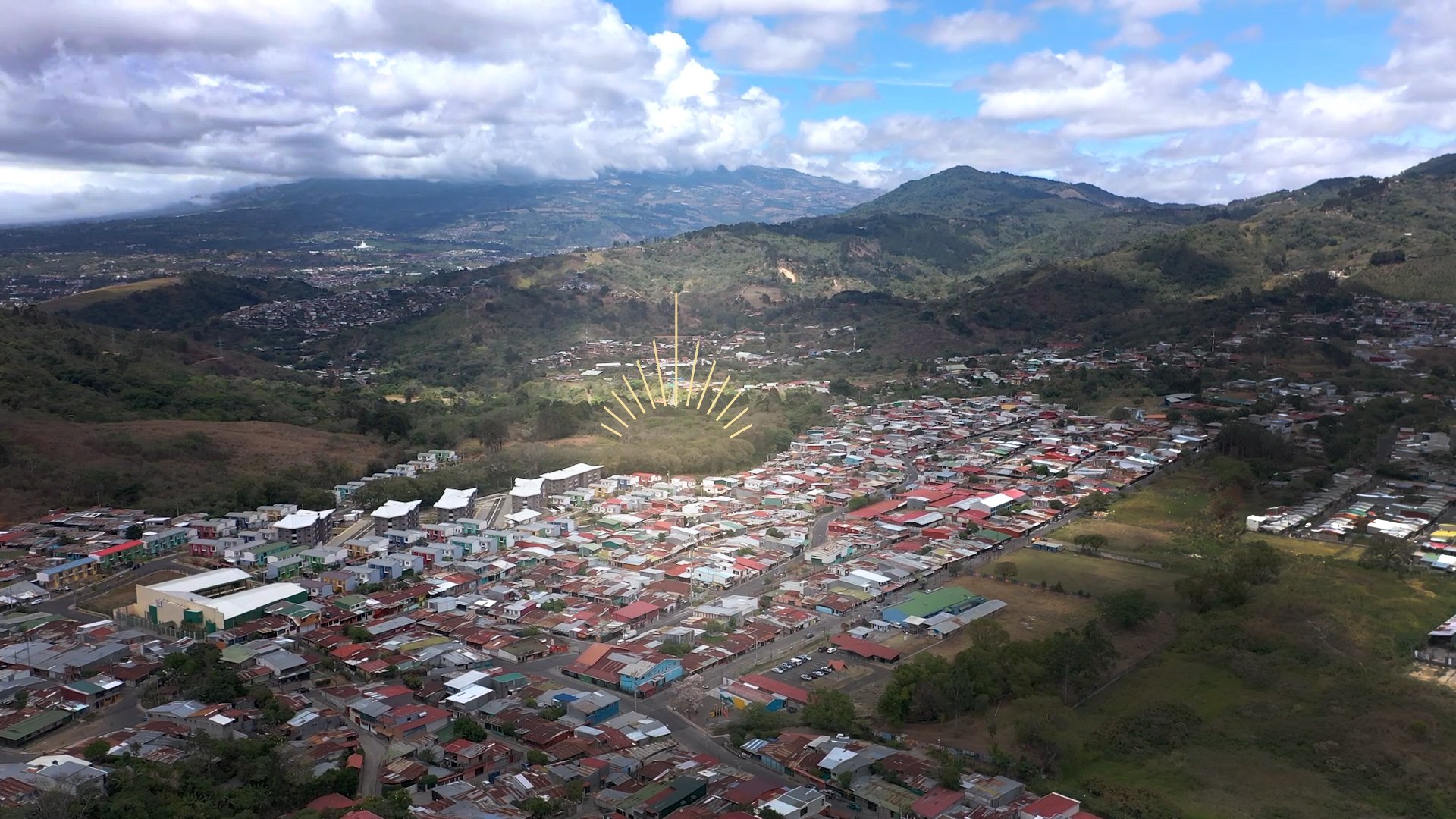
Costa Rica - Los Guido
Los Guido is one of the poorest districts of San José, the capital of Costa Rica. It is home to nearly 30,000 inhabitants living in just 3 km², with a history marked by precarious settlements, material poverty, violence, drug trafficking, family disintegration, lack of educational and recreational spaces, and serious physical, emotional and spiritual health problems.

The community faces realities such as overcrowding, drug addiction, prostitution, teenage pregnancy, domestic violence, and high rates of depression and suicide. The precariousness of basic services and the lack of educational and employment opportunities perpetuate a cycle of social exclusion that is difficult to break.
In the midst of this reality, the Ignis Mundi Association works with determination to restore the social fabric, dignify life and offer hope, accompanying children, youth and families in their process of personal and community transformation.
Problematic
-
A situation of very low economic income prevails throughout the territory, which leads many families to live in material poverty, and in some cases, immaterial poverty, which leads them to a certain mentality and way of life that prevents them from getting out of it.
In many cases, different generations live in the same house representing a problem of overcrowding. The scourge of drugs, which is widespread in some sectors, puts many people and their families at risk. It should also be noted that there is a significant presence of immigrant population in vulnerable situations, and a need to strengthen and enhance the education of children and youth.On the other hand, the lack of family structure and, in some cases, domestic violence, represent a real social and human problem.
On the spiritual level, Los Guido has only one parish and a single priest to serve the entire territory, although the reality is that only 400 attend Sunday mass each week.
-
In terms of infrastructure, there is a lack of sewage and septic tanks, which causes surface sewage disposal and, consequently, a sanitation problem. There is also improper solid waste management and poor waste collection.
On the other hand, there are not enough green and recreational areas in the neighborhood, and the existing ones are generally neglected.
It is in this situation, mixed with the goodness and kindness of so many, that the Ignis Mundi Mission is situated, oriented towards the most disadvantaged and vulnerable.

What do we do?
From a 37,000 m² plot of land, very close to sectors 1, 2, 3 and 4 of Los Guido, we realised the Ignis Mundi Mission.
We are developing an architectural project based on harmony, beauty and sustainability, through which we want to materialise the call to be Fire for the World.
The missionaries opened the doors of the Mission to make this land a home for the neighboring community.
-
Communal Areas
Green areas, communal gardens, sports and recreational spaces, meeting spaces. Every healthy natural experience in relation to love, family and community, create favorable conditions for a true human promotion.
These experiences are constituted as "preambles", because they serve as a prelude to a later encounter with Love, and are decisive for the Good News to be accepted by the whole person.
-
Mission House
We built a Mission House to develop programs oriented to the most needyin fields as varied as physical and mental health, family counseling, entrepreneurship, ecology, home management, education, promotion of culture and music, legal and immigration counseling, among others.
As lay missionaries we put our formation, talents, professional knowledge and apostolate at the selfless service of the needs of the place, coordinating, in collaboration with other volunteers, a mission oriented to social and human development in Los Guido. In this way we seek to integrate the social dimension of the proclamation of the Gospel.
-
Chapel
We built a Chapel available to all those who want to come and experience the joy of Love.
Because of the way it is designed and integrated into the architectural project as a whole, it is a source of inspiration and irradiation for the entire mission, and symbolizes the construction of a Family Church.















